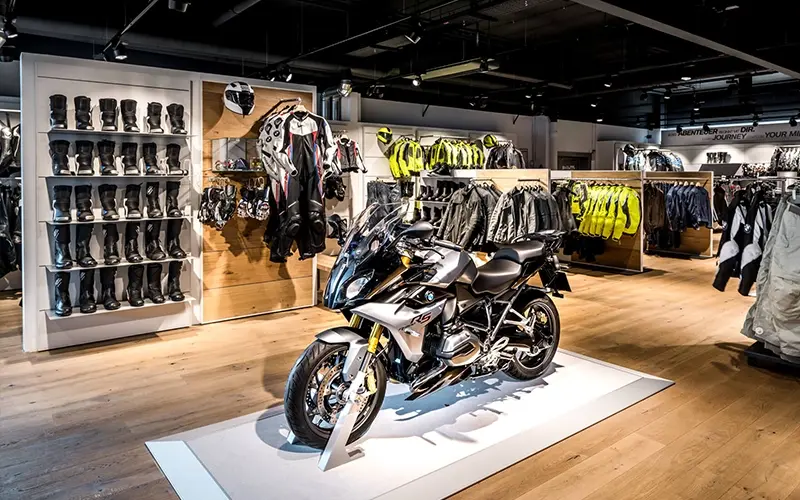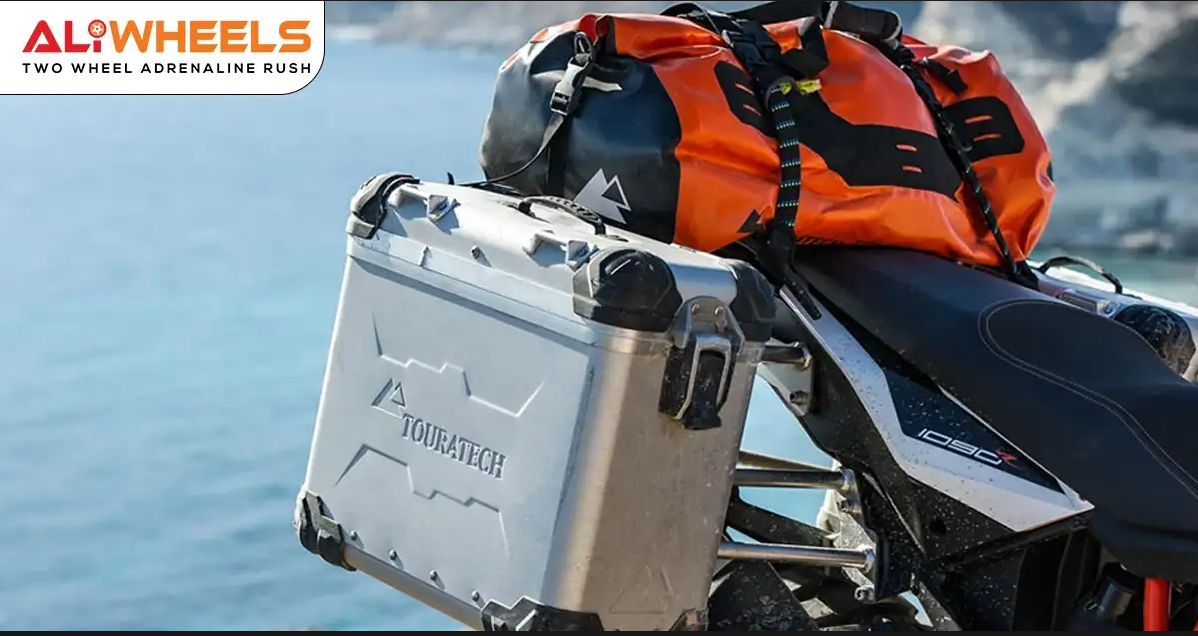You’re flying down a stretch of open road, wind in your face, your motorcycle roaring beneath you—a pure moment of freedom. But then, without any warning, the engine sputters, the headlights dim, and suddenly you’re coasting to a powerless stop. You’re stuck by the roadside, confused and frustrated. Sound familiar?
For riders, few things are more frustrating than dealing with mysterious electrical issues. Unlike mechanical problems, electrical faults can feel like chasing a ghost—unpredictable and tough to pin down. Yet, understanding these problems isn’t just for mechanics; every rider should know how to spot and troubleshoot common electrical glitches. Not only does it save you time and money, but it also means fewer interruptions when you’re chasing the horizon.
The Most Common Motorcycle Electrical Issues (and How to Fix Them)
Motorcycles have evolved from raw, mechanical beasts into sophisticated machines packed with advanced technology. While this evolution has brought comfort and performance enhancements, it has also made electrical systems more complex. Here’s a breakdown of the most common electrical issues that can plague your ride—and how to troubleshoot them before they ruin your next adventure.
When the Starter Won’t Respond
You press the starter button. Nothing. No click, no buzz, just silence. One of the most annoying and common electrical issues starts with a dead or unresponsive starter. The culprit? Usually, it’s the battery.
A motorcycle battery typically lasts between three to five years, depending on how well you maintain it. If your bike sits idle for long stretches or endures extreme weather conditions, that lifespan can shrink. The best way to check your battery’s health is with a multimeter—it should read 12.6 volts or higher when fully charged. If not, try charging it. Still no luck? It might be time for a replacement.
But batteries aren’t always the villain. Sometimes, the starter relay goes bad. The relay sends power from the battery to the starter motor. If it’s faulty, pressing the start button won’t do much. A dead giveaway is if there’s no clicking sound when you try to start the bike. You might need to replace or clean the relay.
And then there’s the starter motor itself. Like all mechanical parts, the starter motor wears out over time. If the battery and relay are fine, but your engine won’t crank, you might be dealing with a worn-out starter motor.
Dim or Flickering Lights—A Sign of Trouble
Your motorcycle’s lights aren’t just there for show—they’re a vital safety feature. If your headlights dim or flicker, don’t ignore it. It’s often the first sign of an electrical issue.
Corrosion at connection points is a common cause of flickering lights. Moisture and exposure to the elements can corrode wires and connections, increasing resistance and causing irregular voltage flow. Regular inspections and a good clean can often fix the issue.
Another usual suspect? A faulty regulator/rectifier. This part transforms the AC power generated by your bike’s alternator into DC power and ensures the voltage remains steady. When it malfunctions, your lights might dim or brighten depending on your bike’s RPMs—a clear sign it’s time for a replacement.
And let’s not forget about old bulbs. Simple, right? Bulbs naturally dim over time. If your lights are underperforming, a quick bulb replacement might be all you need.
The Dreaded Blown Fuse
Blown fuses can be incredibly frustrating. They’re designed to protect your bike’s electrical system by cutting off power if the circuit becomes overloaded. But frequent blown fuses suggest something deeper at play.
A short circuit caused by damaged or exposed wiring is often the culprit. Vibration, friction, or poor installation can wear through the wire’s insulation, causing it to ground out. It’s essential to inspect your bike’s wiring thoroughly, especially around areas prone to rubbing or tight bends.
Another cause could be overloaded circuits. Installing aftermarket accessories—like extra lights or gadgets—can strain your bike’s electrical system if not done correctly. Always ensure you’re using fuses with the correct rating to avoid unnecessary breakdowns.
Battery Draining Too Fast? It Could Be the Charging System
Nothing’s more frustrating than a battery that refuses to hold a charge. If you find yourself jump-starting your bike more often than you should, there’s a good chance your charging system is at fault.
First up is the stator, a vital part of your bike’s alternator. It generates the electricity needed to power your bike and keep the battery charged. A bad stator can result in insufficient power output. Testing its AC output with a multimeter can help you figure out if this is the issue.
The regulator/rectifier can also play a role here. If it fails, it can lead to undercharging (leaving your battery drained) or overcharging (which can fry your electrical system).
Sudden Power Loss—What’s Really Going On?
Imagine cruising down the highway when suddenly, your bike loses power. Terrifying, right? Sudden power loss can be caused by loose wiring or poor grounding. Over time, vibrations from regular riding can cause connections to wiggle loose. It’s worth checking all electrical connections regularly and tightening any that seem suspect.
Another common cause is a faulty ignition switch. Signs include random engine shutdowns or electrical components cutting out unexpectedly. Replacing a worn ignition switch can often resolve these unpredictable issues.
How to Prevent Electrical Issues Before They Start
While it’s nearly impossible to eliminate every potential electrical issue, there are ways to reduce the likelihood of problems cropping up.
First, regular maintenance is non-negotiable. Inspect your battery, wiring, and connections regularly. A little preventative care goes a long way in avoiding larger problems down the road.
Invest in quality parts when replacing components—cutting corners might save you money upfront but could cost you more in repairs later. Whether it’s a starter motor or a regulator/rectifier, reliable, high-quality parts will always be worth it.
And don’t underestimate the value of proper storage. Moisture and extreme temperatures can wreak havoc on your bike’s electrical system. Store your bike in a dry, temperature-controlled space whenever possible.
Your Motorcycle’s Electrical Renaissance Starts Here
Troubleshooting electrical problems doesn’t have to feel like rocket science. By understanding the basics and being proactive, you can keep your ride running smoothly. Think of it as your motorcycle’s own electrical renaissance—a rebirth of reliability and performance.
And when you need top-notch motorcycle parts and accessories, Aliwheels has your back. With an extensive range of premium-quality components, we help riders like you keep their bikes in peak condition—because there’s nothing better than knowing your machine is ready to hit the road, no matter where your adventure takes you.
Ready to gear up and prevent those pesky electrical issues before they start? Check out the latest parts and accessories at Aliwheels and keep your ride running as strong as your passion for the open road.










